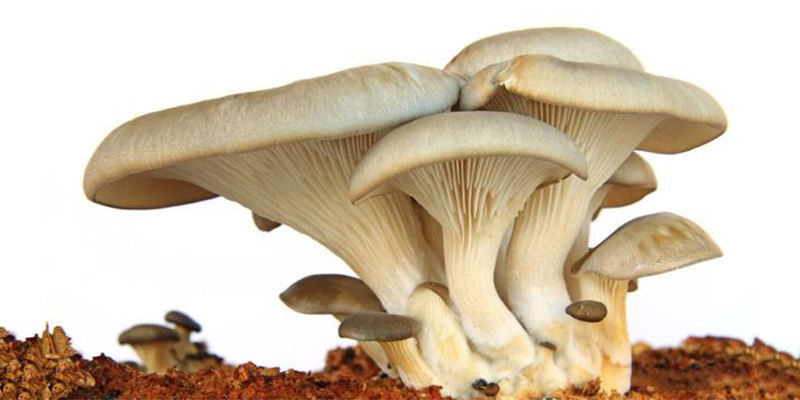What are the advantages of Pleurotus Ostreatus cultivation?

Cultivation facilities: In summer, oyster mushrooms can be cultivated in shady cooling sheds, wet curtain fan sheds, and forest arch sheds. They should also be well ventilated, easy to drain and operate, and conducive to temperature control, moisture retention, and pest control.
Cultivation season: When high-temperature varieties of Pleurotus ostreatus or high-temperature-resistant wide-temperature varieties are cultivated in woodland arch sheds and shade cooling sheds, summer oyster mushroom production can be carried out.
Variety selection: introduce high-temperature oyster mushroom varieties suitable for summer cultivation, mushroom fruiting, fast tide change, strong disease and stress resistance, high quality, and high yield from seed suppliers with corresponding qualifications.
Production materials: The available cultivation materials are: corn cob, wheat bran, etc. The main and auxiliary raw materials are required to be dry, pure, mildew-free, and free of pollutants. Clinker cultivation should use polypropylene plastic tube film with a specification of 23 cm × (50-54 cm), and a 27 cm × 54 cm cultivation bag should be used for fermentation material cultivation.
Production technology: The bacteria culture room is fully disinfected to remove the source of miscellaneous bacteria. The place where bacteria are produced has good shading and ventilation conditions. The temperature of the cultivation environment is controlled at 18 degrees Celsius to 25 degrees Celsius, and the temperature of the material in the bag does not exceed 28 degrees Celsius, avoid direct light exposure, or dark bacteria.
Fruiting management: adjust the temperature of the mushroom shed within the range of 23 degrees Celsius to 30 degrees Celsius, control the temperature difference between day and night in the shed within 10 degrees Celsius, and ventilate when the temperature is moderate in the morning and evening.
Pest control: The main diseases of high-temperature oyster mushrooms include fusarium wilt, yellow rot, rust spot (spot) disease, etc. The main miscellaneous bacteria are Trichoderma, Penicillium and so on. The main pests are eye fungus mosquitoes and so on. Prioritize the use of microbial sources and botanical pesticides for prevention and control. When local bacterial material is found to be contaminated by miscellaneous bacteria or fruiting bodies are diseased, timely isolation, removal and chemical control are carried out.

(1)(1).jpg)
 CONTACT
CONTACT